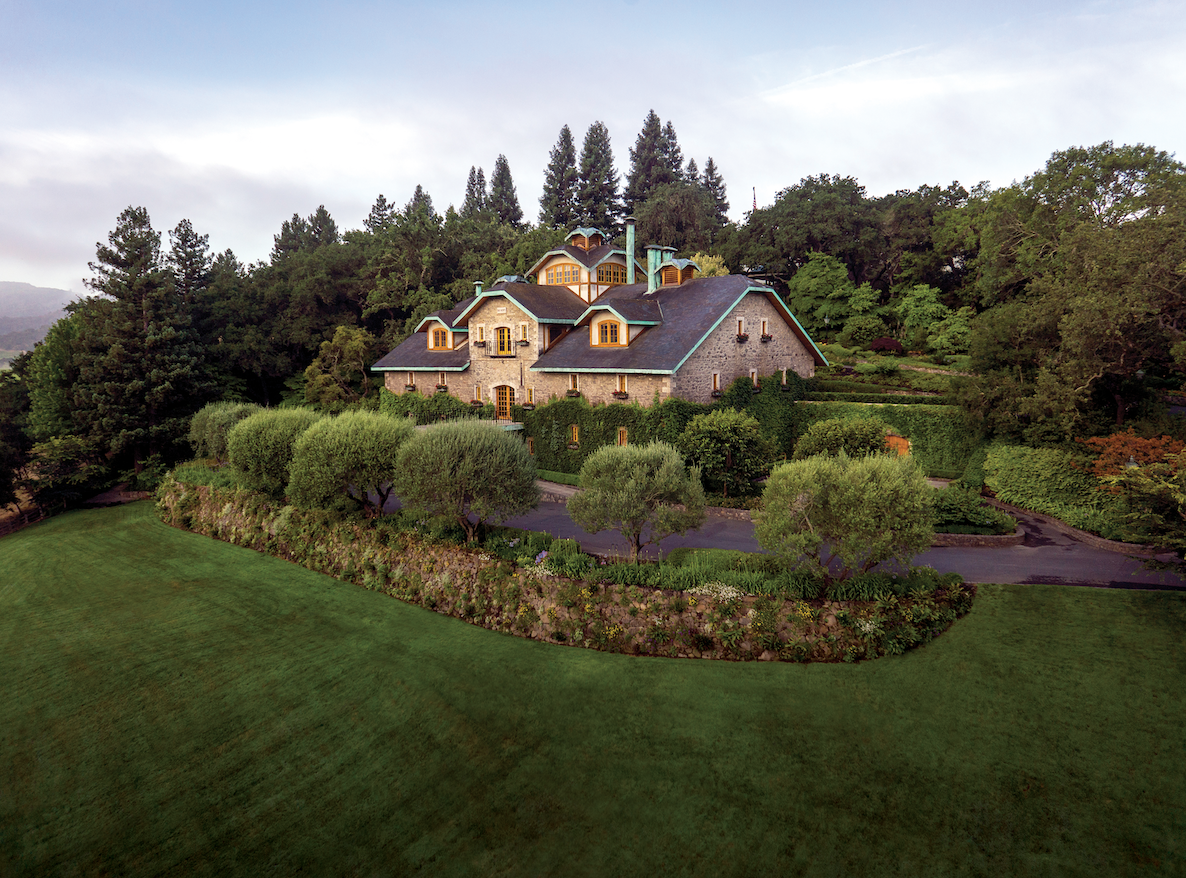Smooth Like Chardonnay



Imagine your favorite freshly baked bread coming out of the oven or toaster, warm to the touch. What could possibly make this perfect morsel better? Butter.
The thought of butter conjures memories of decadent yet simple hedonism. Warm buttered croissants, slathering butter over fresh pancakes, the sizzle of butter in a hot roasting pan, on top of a grilled steak or a baked potato — these images all remind us of how one ingredient can elevate almost any food.
That same smooth richness and unique flavor of butter is something we also crave in wine, especially in chardonnay. In fact, many chardonnay drinkers cannot dissociate the flavor and texture of butteriness from the actual chardonnay fruit itself; it is as if they are one in the same in some drinkers’ palates. The chemical that represents the buttery flavor and aroma is known as diacetyl. It is a by-product of the malolactic conversion (or fermentation), which changes the harsher malic acid into a softer, creamier lactic acid. This process happens in most wine, even red wines and Champagnes; however, the impact of the process and the intensity of the diacetyl or buttery flavor is most notable in chardonnay.
What exacerbates this buttery character is aging chardonnay in new oak barrels. We have the French to thank for this, not only for French oak itself but also for teaching us about the use of oak to age chardonnay. In France, and more specifically in Burgundy, they have been aging their best chardonnay in new oak barrels for hundreds of years. Think Montrachet, Corton-Charlemagne, Meursault and the like. They proved that aging Chardonnay in oak containers gives the wine more texture and adds a certain vanilla-like aroma and flavor to the wine. In fact, the actual chemical vanillin is found in oak. Combining the diacetyl from the malolactic conversion and the vanillin from oak, the result is the sumptuous, rich, smooth, decadent and buttery elixir we know as chardonnay.
But as Americans, we are never satisfied. If a little is good, then more must be better. The more butter, the better! We not only age our chardonnay in new oak barrels, we also ferment the chardonnay inside the new oak barrels. If oak barrels are too expensive, we use oak chips. Like steeping a tea bag, a winemaker submerges oak chips into a vat of chardonnay to give the same flavor enhancement that comes from an oak barrel. This is how most $10 to $15 buttery chardonnays are made these days, including many of the most recognizable producers.
So, which came first: the buttery chardonnay or its popularity with say, the ladies-who-lunch set? Both. There has always been a market for rich and smooth chardonnay, and it seems that there always will be. It is an inexorable circle of supply and demand for buttery chardonnay. They are not hard to find, and you may already have a personal favorite. Personally, they are not my cup of butter, if you will, but I certainly can recognize the quality behind some of the top producers of this style.
Kistler Vineyards has always had a string of richness running through their chardonnays. Recently, I had prime example: 2012 Kistler Kistler Vineyard chardonnay, which was like apple pie replete with butter, poached apples, cinnamon and vanilla: complex and expansive on the palate and full of glycerol mouth-coating texture. 2019 Stags Leap Wine Cellars ‘Karia’ chardonnay is buttery but balanced, showing a nice amount of vanilla and candy apple flavors that stain the palate with a long and energetic finish. 2019 Far Niente Estate chardonnay is a classic Napa Valley chardonnay with richness for days: butter and oak nuances framing sweet-and-intense orchard fruit flavors.
The next time a pinot grigio just is not enough, or the sauvignon blanc is too acidic and dry, reach for the bread and butter, and pull a cork on a buttery chardonnay. Remember that butter makes everything better.

